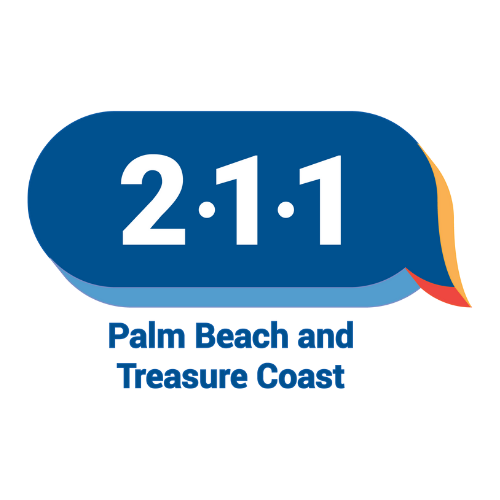Saving Your Health, One Mask at a Time
by Peter Tippett MD PhD
We all hear the same things: wash your hands, don't touch your face, stay at home, stay 6 feet away from others. Viruses live on boxes and plastic and doorknobs and... EVERYWHERE.
How does the average person decide what measures to follow unless they truly understand how these things work or have a clear set of “rules” they can abide by?
I am an Internal Medicine-certified, Emergency Room MD with a PhD in Biochemistry. I have also spent much of my professional life in the high-tech world helping people understand how risk, infection, and the growth of infection behaves. So I thought it might be helpful to folks in my network to explain how personal protection from a virus like SARS-CoV-2 (the formal name of the virus that causes COVID-19) actually works, how any given measure individually lowers risk, how various countermeasures work together, and most importantly, to give you some simple guidelines for day-to-day living in this new COVID world.
Bottom Line on Masks & Gloves:
Wear a mask when you are in “exposure” zones (mainly places with other people).
Treat your home, car, and yard as safe places (no mask or gloves).
Be on high alert on what you are doing with your hands when you are in “danger zones.” This is when you must not touch your face.
Consider wearing gloves (even winter gloves or work gloves can be helpful) but only for short periods of time and only when in “touch exposure” danger zones.
Remove your gloves (and mask) when you return to your safe place.
Wash your hands every single time you take off your gloves or mask or move from a danger zone back to a safe zone.
When you are at home and after washing up, you can relax, scratch your nose, rub your eyes and floss your teeth…without worry.
Protections Work Together
All protections or countermeasures are only partially effective. For example, wearing the seat belt in your car reduces the likelihood of dying by about 50% compared with not wearing it. You can think about that as horrible (“it will fail half the time!”), or as great (“it cuts the risk of dying in half!”). For everything we care about, in all aspects of life, we solve this “risk” problem by using countermeasures together to improve their collective effectiveness. Independently, air bags reduce the risk of dying by about 30-40%. When added together with seatbelts, they are synergistic and reduce risk together by 65-70%. We add licensing, speed limits, anti-lock brakes, police enforcement and other things to achieve very good risk reduction (well into the upper 90s). We need to be even more careful when we drive in more dangerous situations, such as in a snowstorm. Protecting yourself (and society) from COVID works exactly the same way—you just can't see the snow.
Getting Infected is Not “Black and White” read entire article
Additional information on Face Shields vs. Face Masks:
National Center for Biotechnology Information, U.S. National Library of Medicine
NCBI Study: "Our results show that health care workers can inhale infectious airborne particles while treating a coughing patient. Face shields can substantially reduce the short-term exposure of health care workers to large infectious aerosol particles, but smaller particles can remain airborne longer and flow around the face shield more easily to be inhaled. Thus, face shields provide a useful adjunct to respiratory protection for workers caring for patients with respiratory infections. However, they cannot be used as a substitute for respiratory protection when it is needed."
Full study https://www.ncbi.nlm.nih.gov/pubmed/24467190
